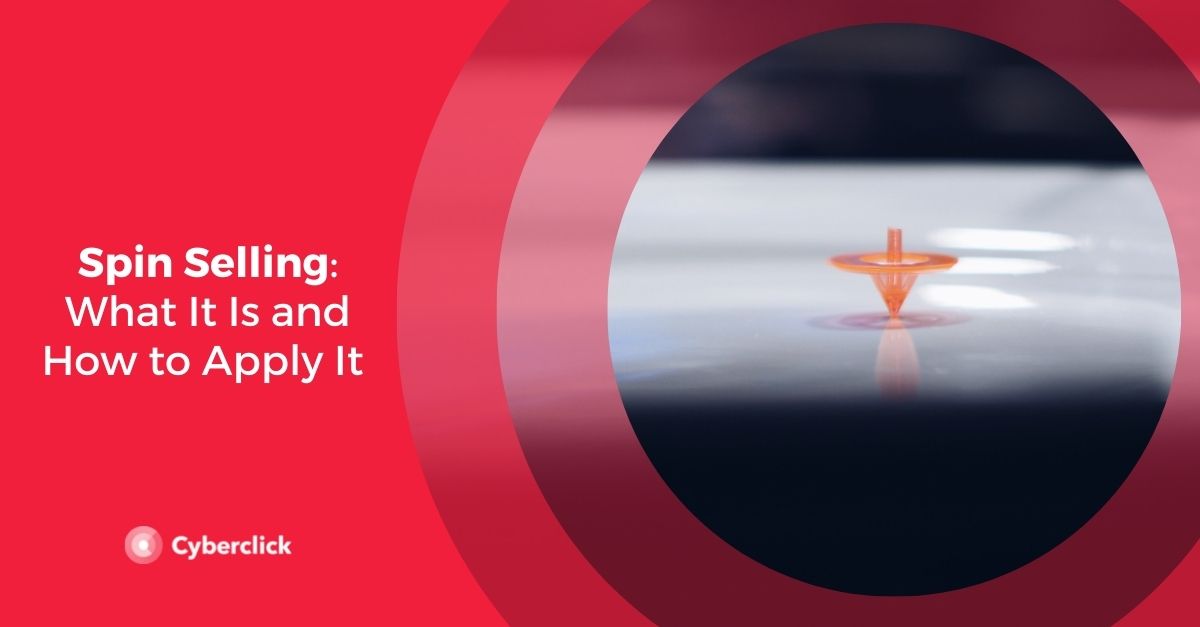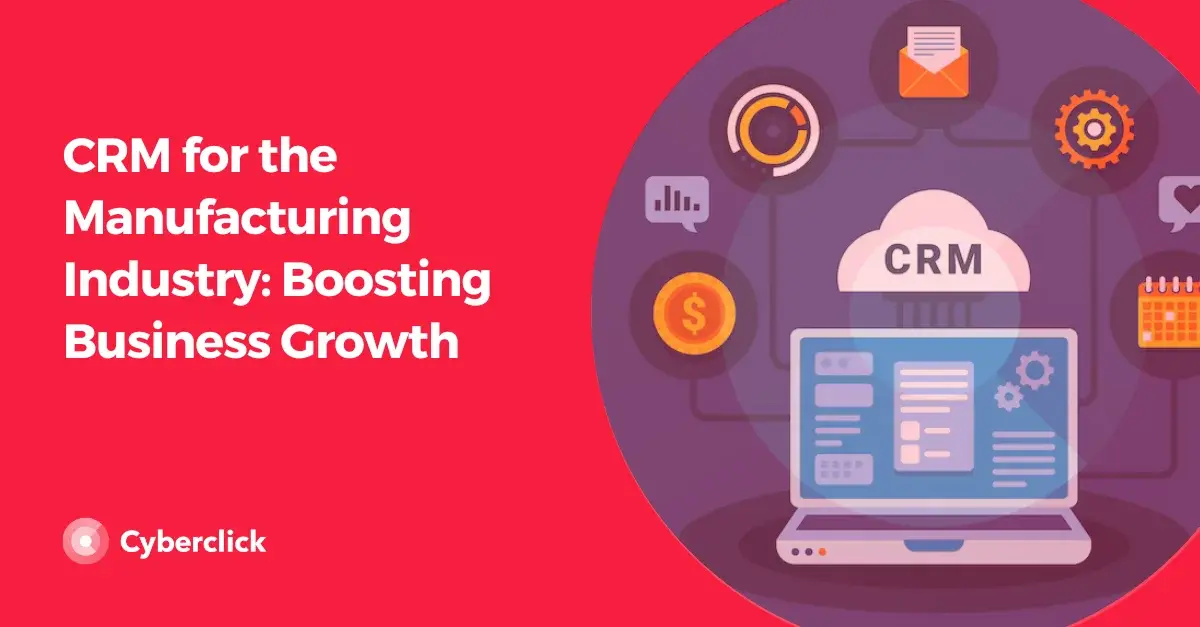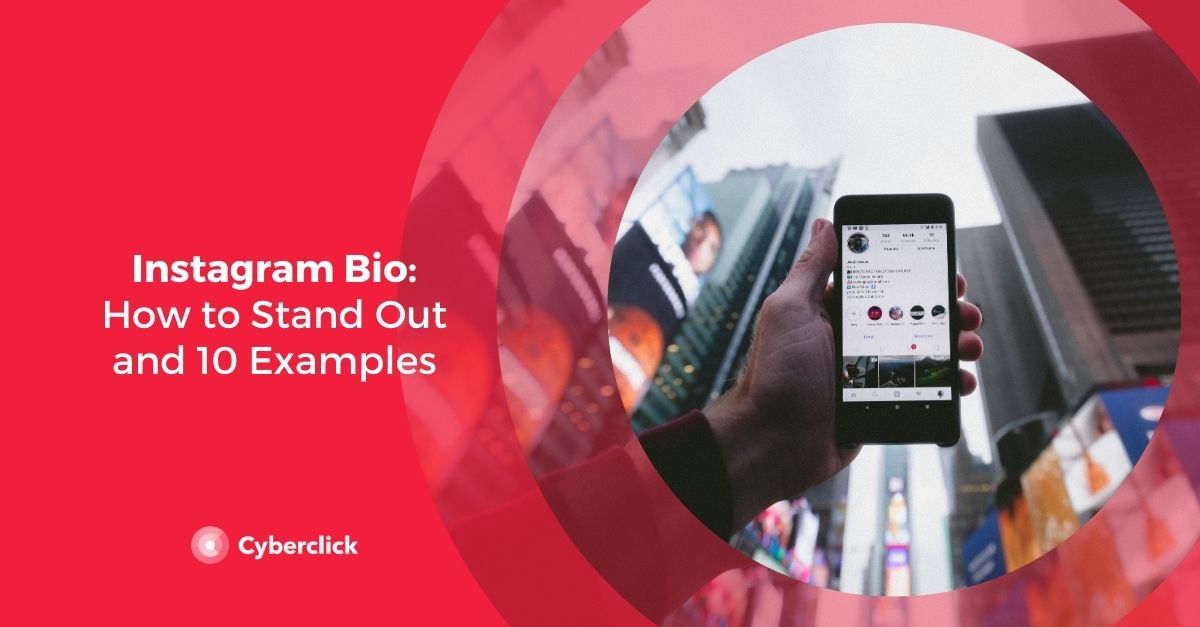Unlike inbound marketing, which relies on indirect methods to obtain customers, outbound marketing refers to the direct communication techniques that a company uses to generate leads.
Today, there is a growing trend towards adopting allbound strategies that combine both of these approaches, allowing businesses to harness the advantages of both. For example, content marketing, a key component of inbound marketing, is widely used in the initial stages of sales prospecting. But what can a company do if it wishes to complement it with more direct outbound marketing tactics? This article provides insights on how to develop such strategies for this phase.

Why Outbound Sales Are Important
Sales prospecting encompasses the actions aimed at attracting leads to a company.
While it may appear that content marketing has rendered outbound prospecting obsolete, this is not the case. Although less commonly used, outbound prospecting remains an effective way to identifying valuable prospects. This is especially true when it is personalized and used in conjunction with inbound prospecting strategies, which significantly enhance its chances of success.
Advantages of Outbound Marketing
Similar to any sales prospecting strategy, outbound marketing has the potential to effectively generate leads who are genuinely interested in your products or services. Nevertheless, it has certain advantages that set it apart from other approaches.
Differentiating yourself from the competition: Today there are many companies that implement content marketing strategies, but how many carry out direct actions to contact their potential customers? Surely fewer. Developing more aggressive strategies and combining them with inbound can help you differentiate yourself from the competition and increase your brand awareness.
A more personal way of relating to the customer: At times, inbound marketing can come across as somewhat impersonal. By complementing it with more direct strategies, you can cultivate a closer relationship with the customer, nurturing it and increasing the chances of conversion.
Discover new customers who are otherwise unreachable: Some customers are beyond the reach of inbound tactics, either because the indirect approach isn't sufficient and they require a more assertive push, or because they don't engage with this type of content.
How to Carry Out Outbound Marketing
1. Define Your Target Audience
Just like with inbound strategies, it's crucial to define your target audience right from the start, as many subsequent phases will hinge on this choice. To accomplish this, you'll need to conduct research on your audience, understanding their pain points and characteristics, such as age, profession, gender, nationality, and more.
2. Determine Your Objectives
What exactly do you want to achieve with your outbound marketing strategy? This is what you need to clarify at this stage. The most important decision is to establish the number of leads you want to generate in a certain period of time.
Don't forget that your objectives must be real, achievable, measurable and concrete goals.
3. Select Your Marketing Channels
Now is the time to select the platforms through which you'll convey your message to your audience. Just as with defining your target audience, conducting market analysis and considering its preferences will guide your platform choices. Your budget will also play a role in this decision. While phone calls, email marketing, and direct mail are three of the most commonly used channels in outbound marketing strategies, they aren't the only options available.
4. Develop Your Content Strategy
What are you going to tell your audience? Normally, brands choose to communicate the value of their product or service, as well as its features and usefulness. However, it's not only about the "what" but also the "how." Hence, it's essential to define the tone and style you wish to use in your message.
5. Develop a Follow-Up Plan
Not all leads are going to become customers after their first contact with a brand. Therefore, it is important to have a follow-up plan to make sure they do not forget about you. It is a good idea to set up lead nurturing actions to keep them in touch with you.
Metrics to Track in Outbound Sales and Marketing
The final step in creating an outbound sales prospecting process doesn't conclude with just devising a follow-up plan; it extends to result measurement. This assessment will provide insights into the effectiveness of your outbound marketing strategy, helping you gauge whether you're on the right track or if a course correction is needed. Tools like Google Analytics, among others, can assist in this measurement. However, don't focus solely on quantitative data analysis—qualitative data is equally crucial and offers valuable information.
Here are the most important KPIs (Key Performance Indicators) that you should focus on when analyzing your outbound marketing strategy:
- Cost per lead: This indicates how much it has cost to get each lead. The lower the cost, the more profitable it will have been.
- Conversion rate: This measures the percentage of potential customers who have performed the action you wanted after having contact with your brand.
- Customer lifetime value: This indicates the total value that a customer brings to a business during the entire time they are with the company. The higher the better.
- Response rate: The percentage of leads that respond to the prospecting campaign.
- Average deal size: This measures the average value of deals that have been closed as a result of the prospecting efforts of the outbound strategy. The higher the better.
Inbound Marketing Strategist en Cyberclick. Especializado en HubSpot, lidera las estrategias de inbound marketing de los clientes de Cyberclick. Oier es un apasionado del marketing, la creatividad y el audiovisual y es licenciado en Bellas Artes con un máster en Artes Digitales.
Inbound Marketing Strategist at Cyberclick. He leads inbound marketing strategies for Cyberclick's clients, with experience in CRM management and HubSpot. Oier is passionate about marketing, creativity and audiovisual content and he holds a degree in Fine Arts with a master's degree in Digital Arts.






Leave your comment and join the conversation